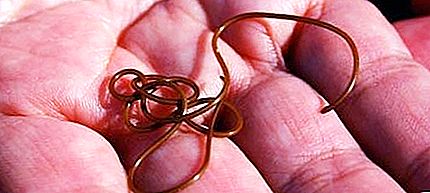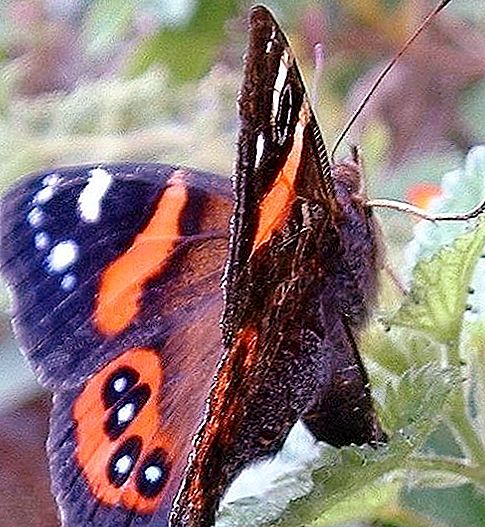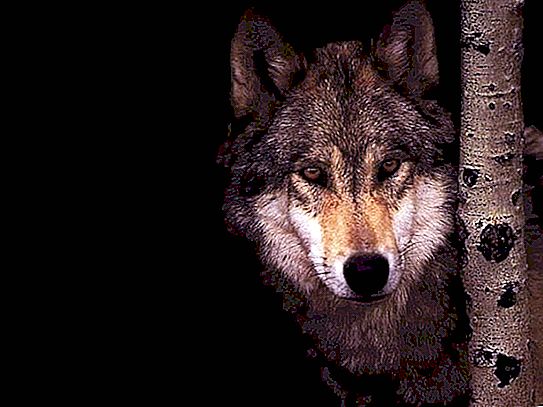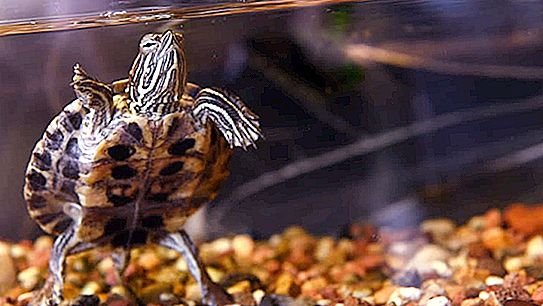Probably, everyone can remember the horror stories from childhood, the main character of which was horse hair. Parasites that penetrate the skin while bathing in a river or lake fall into any organ with blood and can easily be eaten from the inside of a person.

Horse Hair Legends
As they say, the enemy needs to know in person. And what is this monster? In the XVII century, people believed that it was horse hair that came to life in water. Our grandmothers described it as a cross between a leech and a worm. Someone even compares it to a small eyeless snake, which with its sharp, like a blade, teeth bites into the flesh. Is not it true that such descriptions can bring quiet horror and completely discourage the climb into the water, where these horror stories live, even among the most risky daredevils? After all, dying from some kind of worm is unlikely to add glory and honors.
The real facts about hair
And what does horse hair really look like? Not at all as frightening as described above, although the sight is unpleasant. By the way, this monster also has a scientific name. Horsehair is nothing more than a hairworm (Gordius aquaticus L.), a very ancient invertebrate animal that parasitizes in other organisms. Moreover, the worm replaces two hosts in its life. Externally, the animal really looks like a thickened horse hair. With a diameter of 1 mm, it can reach a length of 1.5 m. However, individuals 30-40 cm long are most often found. Males are brown or almost black; females are yellow or yellowish brown.
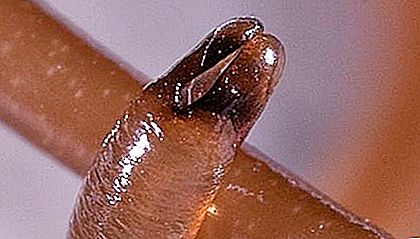
Small ponds and small rivulets are the favorite habitat of the hairy. They wriggle in shallow water among stones and plants or weave into complex nodes. It is during this occupation that you are most likely to see horse hair. Parasites look especially unsightly when, coiling, spiraling out of the swollen carcass of the insect for 6-8 individuals.
The female is packed full of tiny eggs, which she lays in the form of long cords on aquatic plants. Then almost a million toothy larvae invade insects, where they can live for up to a year. Hatched and dried out larvae of springflies and mayflies become victims of an attack by ground beetles and other beetles. It is in them that horse hair gains its home. Parasites begin to develop and grow, feeding on the juices of the host. Although they have a mouth, it is not connected to the intestinal tract. A practically immobilized beetle enters water bodies, and already there adult worms break through its cover and go outside for the sole purpose of breeding. And the life cycle repeats itself again.
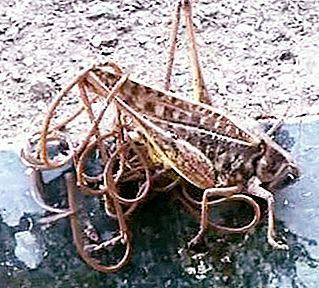
In the city of Montpellier (in France), studies of the life of a mantis in a mantis ended with very interesting conclusions. Scientist David Biron found that the worm produces protein molecules, and they are similar to those that make up the brain of an insect. These pseudo-proteins are embedded in the protein structure of the nervous system, while the behavior of the mantis changes. After such a brainwashing, the unfortunate insect rushes to certain death in the nearest body of water. Of course, hairy is the only thing needed. The dying victim herself brings it to its normal habitat.
